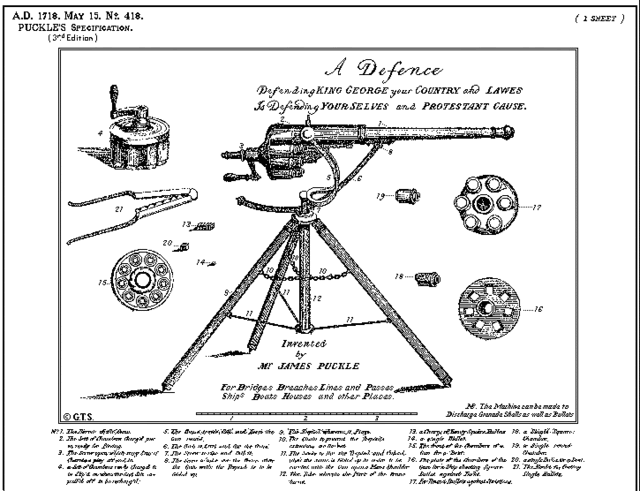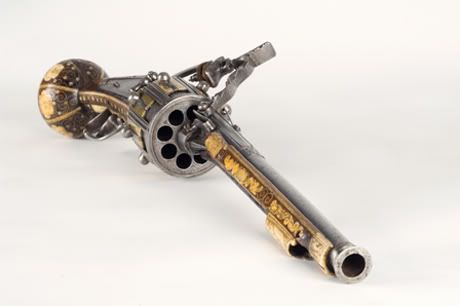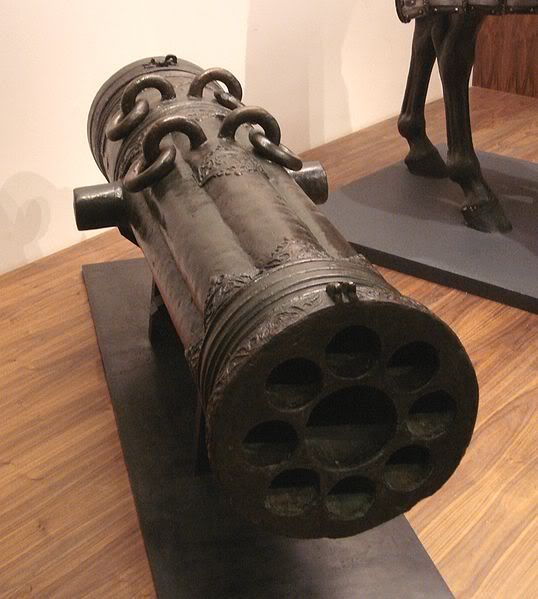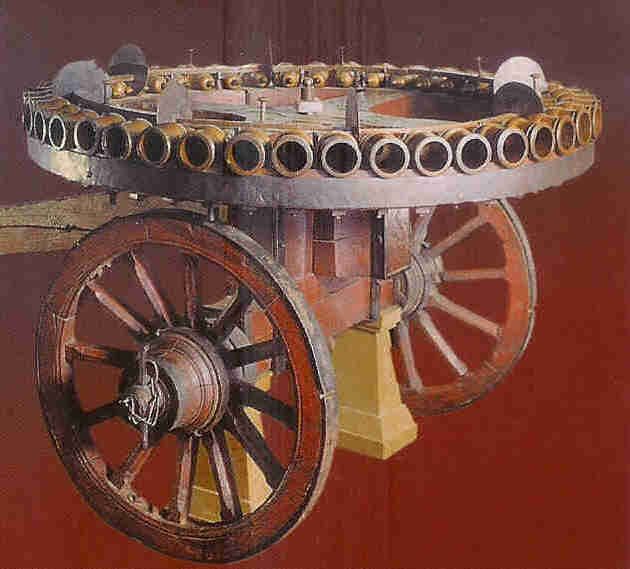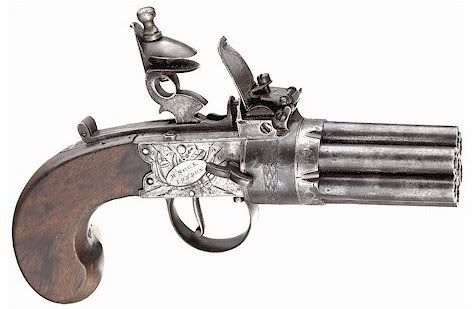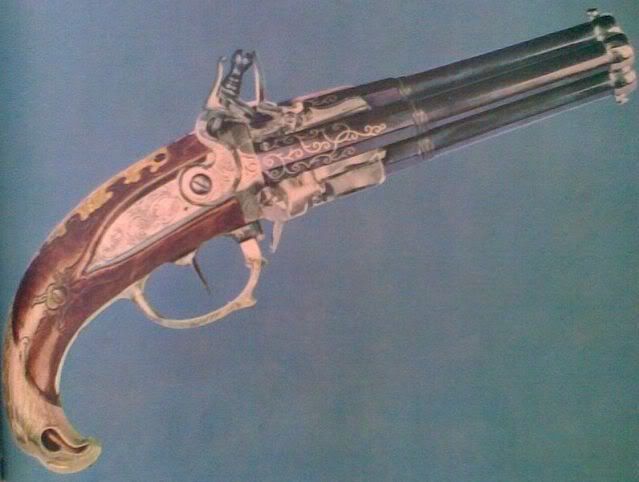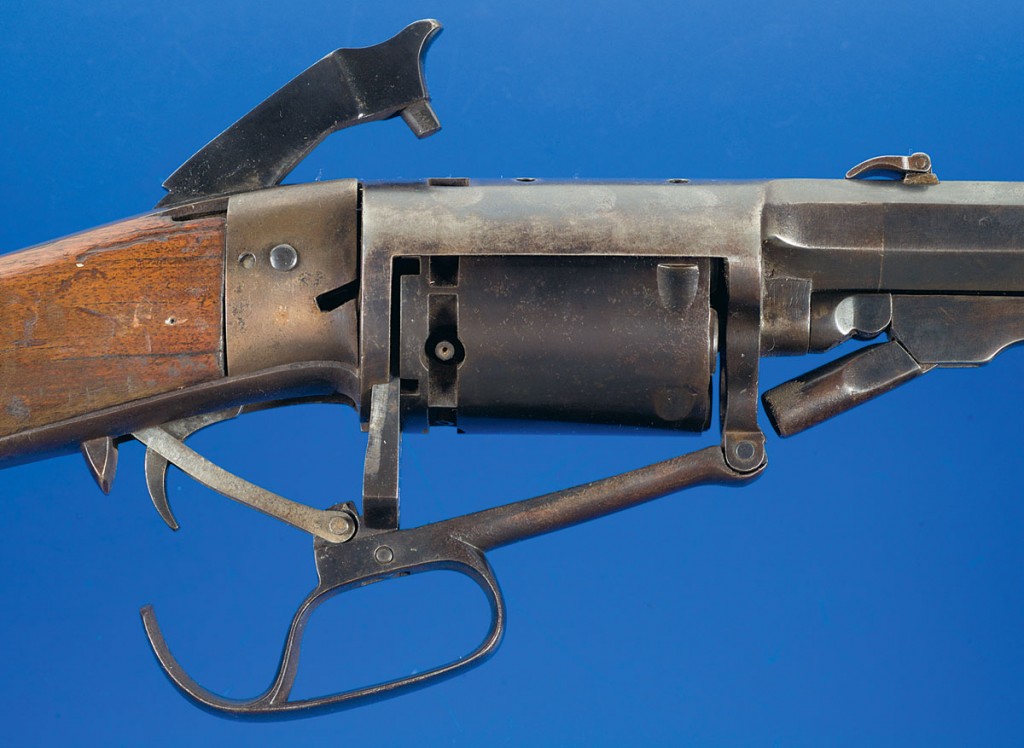Mike Irwin
Staff
I suspect that you wouldn't carry a revolver like that, other than in your hands.
I suspect that some of them were developed for very specific applications, like ship board encounters or possibly stage drivers, where lots of firepower is a good thing.
I suspect that some of them were developed for very specific applications, like ship board encounters or possibly stage drivers, where lots of firepower is a good thing.







